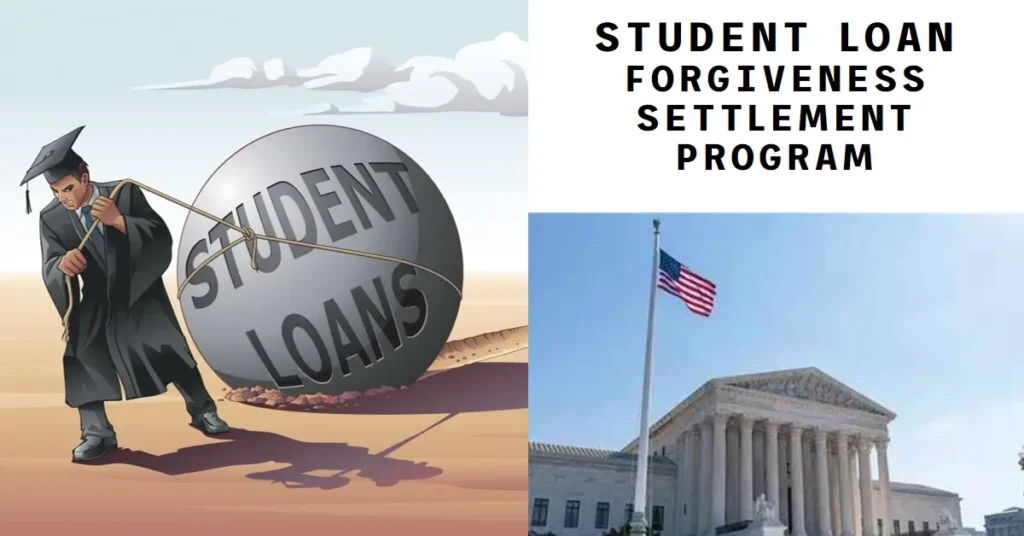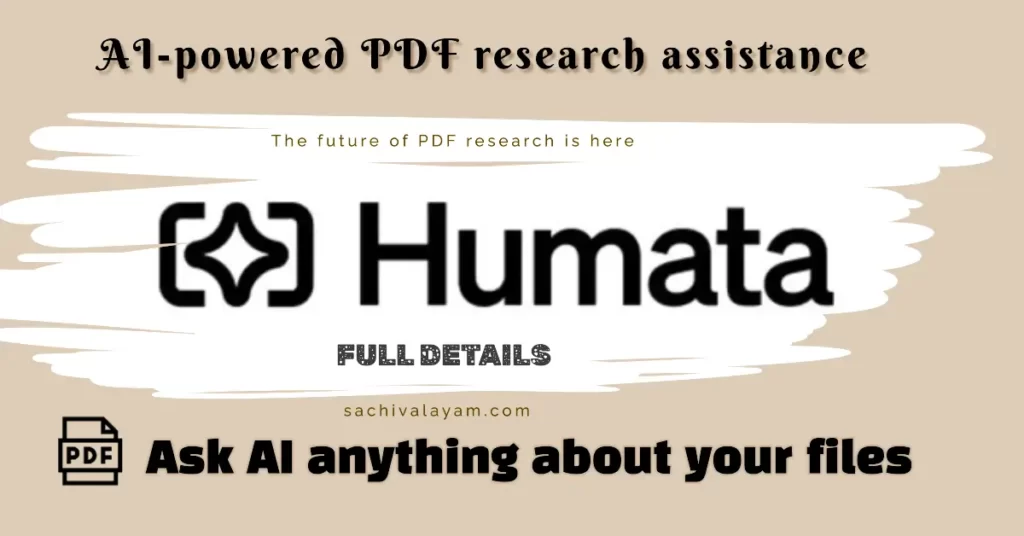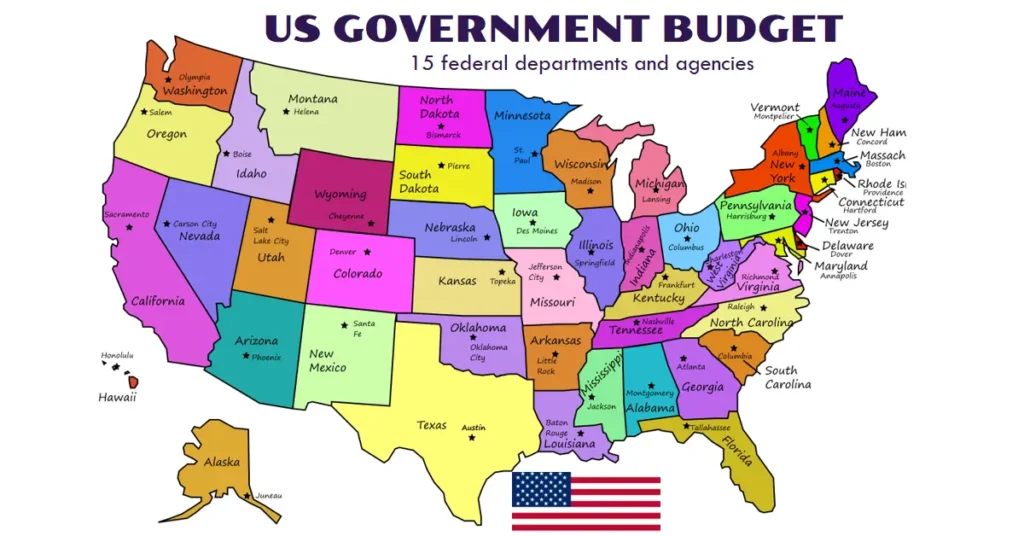Student loan forgiveness : Earning a degree should be a gateway to opportunity, not a sentence to financial purgatory. Yet, for millions of Americans, student loans have become a crushing weight, buy homes, and start families.
Students loan forgiveness latest News on student loan
Table of Contents
ToggleBiden-Harris Administration Forgives Nearly $5 Billion in Student Loan Debt
The Biden-Harris Administration has announced that it will forgive an additional $4.9 billion in student loan debt for 73,600 borrowers. This brings the total amount of student loan debt forgiven by the Administration to $136.6 billion for more than 3.7 million Americans.
What does this mean for you?
If you have federal student loans and are struggling to make your payments, there is a good chance that you may be eligible for some form of student loan forgiveness.
- Teachers, social workers, and other public servants: If you’ve been diligently making payments under PSLF, your debt could be forgiven!
- Borrowers on IDR plans: If your payments were previously miscalculated, you could be closer to forgiveness than you thought.
Here are some of the key things you need to know about the latest round of student loan forgiveness:
- $1.7 billion will be forgiven for 29,700 borrowers through administrative adjustments to IDR payment counts. This means that if you have been making payments on your income-driven repayment plan, you may be closer to forgiveness than you think.
- $3.2 billion will be forgiven for 43,900 borrowers through PSLF. This includes borrowers who have benefitted from the Biden-Harris Administration’s limited PSLF waiver as well as regulatory improvements made to the program by the Administration.
How can I find out if I am eligible for student loan forgiveness?
The best way to find out if you are eligible for student loan forgiveness is to visit the Department of Education’s website.
Applying for student loan forgiveness
What is the SAVE plan?
The SAVE plan is a new income-driven repayment plan that makes it easier for borrowers to qualify for forgiveness. If you originally took out $12,000 or less for college and are enrolled in the SAVE Plan, you will see forgiveness after as few as 10 years of payments.
The Biden-Harris Administration is committed to helping borrowers who are struggling with student loan debt.
In addition to the relief under IDR and PSLF, the Biden-Harris Administration has also approved:
- $11.7 billion for almost 513,000 borrowers with a total and permanent disability.
- $22.5 billion for more than 1.3 million borrowers who were cheated by their schools, saw their institutions precipitously close, or are covered by related court settlements.
Student Loan Settlement
A student loan settlement is an agreement between you and your lender to pay off your student loans for less than the full amount you owe. This can be a tempting option if you’re struggling to make your monthly payments, but it’s important to understand the pros and cons before you agree to anything.
Pros of student loan settlement:
- You can save money on your overall debt.
- It can help you get out of default and improve your credit score.
- It can give you peace of mind knowing that your debt is finally paid off.
Cons of student loan settlement:
- It can damage your credit score in the short term.
- You may have to pay a lump sum of money upfront.
- You may still owe taxes on the forgiven debt.
Earnest, a private student loan lender, doesn’t offer its own loan forgiveness programs. However, if you have Earnest loans, you might still be eligible for federal loan forgiveness programs, depending on the type of loan you have and your employment history.
Check Your loan forgiveness
Loan Debt relief Repayment Program
1. Debt Management Plan (DMP):
- Offered by credit counseling agencies, a DMP consolidates your unsecured debts (usually credit cards) into one monthly payment with potentially reduced interest rates and fees.
- Pros: Lower monthly payments, improved credit score (if you stick to the plan), expert guidance.
- Cons: May not be available for all debts, can take 3-5 years to pay off, fees may apply.
2. Debt Consolidation Loan:
- You take out a new loan to pay off your existing debts, resulting in one monthly payment with potentially lower interest.
- Pros: Simplified repayment, potentially lower interest rate, can free up cash flow.
- Cons: You need good credit to qualify, total interest paid may be higher, risk of taking on more debt.
3. Income-Driven Repayment Plan (IDR):
- Available for federal student loans, IDR adjusts your monthly payments based on your income.
- Pros: Lower monthly payments, potential for forgiveness after 20-25 years of qualifying payments.
- Cons: Not available for private loans, may not fully cover interest, forgiveness takes a long time.
4. Balance Transfer:
- You transfer your high-interest debt to a new credit card with a 0% introductory APR period.
- Pros: Significantly reduces interest paid during the intro period.
- Cons: High interest rate kicks in after the intro period, transfer fees may apply, risk of overspending on the new card.
5. Debt Avalanche/Snowball:
- These are self-managed repayment methods where you prioritize paying off debts with the highest interest rates (Avalanche) or the smallest balances (Snowball).
- Pros: Can save money on interest, provides a sense of accomplishment.
- Cons: Requires discipline and budgeting skills, may take longer to pay off all debts.
Student loan organizations
Lenders:
- Federal Student Aid: The U.S. Department of Education’s Federal Student Aid office is the primary source of federal student loans, offering various loan types like Direct Subsidized Loans, Direct Unsubsidized Loans, and PLUS Loans.
- Private lenders: These include banks, credit unions, and online lenders like Sallie Mae, SoFi, and Earnest. They offer private student loans, which typically have higher interest rates than federal loans but may be available to borrowers with limited credit history.
- State loan agencies: Many states have their own loan agencies that offer student loans to residents, often with competitive interest rates and flexible repayment options.
Loan Forgiveness Support Organizations:
- Government agencies: The Department of Education provides various resources and support for student loan borrowers, including loan forgiveness programs, repayment plan options, and default prevention assistance.
- Non-profit organizations: Many non-profit organizations offer free or low-cost counseling and assistance to student loan borrowers, such as the National Foundation for Credit Counseling (NFCC) and the National Consumer Law Center (NCLC). They can help borrowers understand their repayment options, negotiate with lenders, and avoid default.
- Advocacy groups: Some organizations advocate for student loan reform and borrower protections, such as the National Association of Consumer Advocates (NACA) and the Student Debt Crisis Center. They work to raise awareness about student loan issues and push for policy changes that benefit borrowers.
credit card debt Loan forgiveness program
- Directly contact your credit card company and explain your situation. They may be willing to reduce your interest rate, waive late fees, or offer a hardship program to make your payments more manageable.
- Consider negotiating a lump sum settlement. This can be a risky option, but if you can offer a significant payment upfront, your issuer might agree to forgive a portion of your debt.


